Sunscreen is a non-negotiable part of any skincare routine. Here we take a closer look at the different types, and ask the experts about which ones could be best for you.
It is a truth universally acknowledged that sun protection is one of the cardinal rules of skincare. The importance of using sunscreens has never been in doubt, and has been long advocated by dermatologists for its ability to shield us against harmful ultraviolet radiation.
“Sunscreen use is extremely beneficial,” declares dermatologist Dr. Windie Hayano of Skin Inc Dermatology and Laser Center. “Not only can we get protection from burns from UVB, constant use of a broad-spectrum sunscreen can prevent the harmful and photoaging effects of UV rays.” Additionally, she shares that 90% of aging can be attributed to the sun, and that most skin cancers can be prevented from constant use of sunscreens. Dermatologist Dr. Jarishe Lao Ang likewise concurs and adds that sunscreens also help prevent dark spots and pigmentation, as well as light-induced conditions like lupus.
Thankfully, gone are the thick goopy sunblocks of yesteryear, making it easier to adhere to good sun protection habits. Instead, we have a trove of elegantly devised products that get the job done without the heavy feel. Here, we talk to the experts to get the lowdown on the proper use of sunscreens, and the best kinds for your skin type. With proper care, one can enjoy the mood-boosting benefits of sunlight, while still giving the skin the protection it needs.
READ ALSO: Tropical Living: Four Best Facial Sunscreens To Combat Sun Damage
Sunscreen Basics
As mentioned, look for broad spectrum protection signifying that the sunscreen shields against both UVA and UVB radiation. The former is associated with premature aging, while the latter causes sunburns. Additionally, sunscreens have different levels of SPF (Sun Protection Factor), which measures “how long the sun’s radiation would take to redden your skin when using that product compared to the time without sunscreen.” In most cases, dermatologists recommend an SPF of at least 30, or even higher for hot days outdoors.
Using an adequate amount of sunscreen, reapplied every two to three hours, is likewise key to ensuring its effectiveness. To make it easier to remember, Dr. Hayano goes by the rule of two. That is, two finger lengths, every two hours for the entire face. On the other hand, for the body, around half a teaspoon for each arm, and a teaspoon for each leg, would be ideal according to Dr. Ang.
Moreover, opt for a water-resistant formulation, and make sure to keep reapplying especially when engaged in outdoor activities that make you sweat. Dr. Ang likewise advises us to also take care of our lips with lip balms that have SPF, and to also shield the scalp by donning protective clothing on hot days.
Sunscreen Types
In terms of the kinds of sunscreen available, there are two main types. First there are those called either mineral or physical sunscreens. These are primarily formulated with micronized titanium oxide and zinc oxide, which create a barrier to reflect UV light. Alternatively, there are chemical sunscreens. These products come with a variety of active ingredients, and absorb UV rays to reduce sun damage.
The downside with mineral sunscreens is that they may give a bit of a “white cast”. Thankfully, most modern formulations are now much easier to wear. Chemical filters, on the other hand, are lighter and less chalky, but may cause irritation for some people.
Combining the best of both are hybrid sunscreens, which according to both dermatologists would offer the best coverage and protection. Glow Recipe’s Watermelon Glow Niacinamide Sunscreen SPF 50 for instance has both chemical and physical sunscreen ingredients. Plus, it has niacinamide which according to Dr. Hayano is an ingredient that can help control oil and pigmentation.

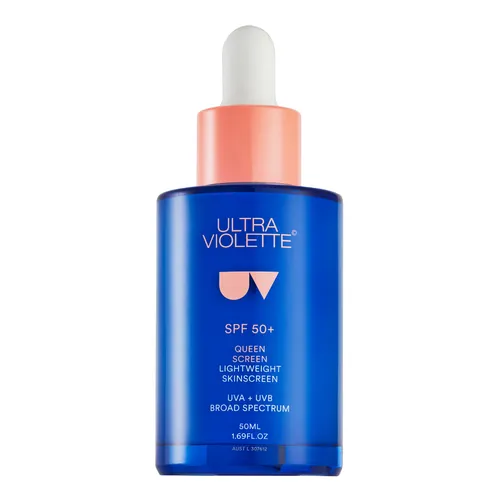
Lastly, it would be wise to take into consideration our exposure to High Energy Visible Light. This type of blue visible light is most often from the screens of our phones and computers. According to Dr. Hayano, they are also linked to premature aging due to their ability to penetrate through the dermis. As such, certain brands have launched products which also shield against blue light on, like Ultra Violette’s Queen Screen Luminising Sun Serum SPF 50.
Sunscreen For Your Skin Type
For those with sensitive, reactive, or fragile skin, Dr. Hayano recommends the use of mineral or physical sunscreens as its active ingredients – micronized titanium dioxide and zinc oxide–have been recognized as safe and effective. Some examples are Mario Badescu’s Mineral Sunscreen SPF 30, and Drunk Elephant’s Umbra Sheer Physical Daily Defense SPF 30. Additionally, she recommends going for options that are fragrance and colorant free to further prevent the chance of irritation.


Moreover, those with oily or combination skin may benefit from lightweight and gel-based formulations, according to Dr. Ang. Try the Unseen Sunscreen SPF 40 from Supergoop! or the Perfect UV Sunscreen Skincare Gel from Anessa.
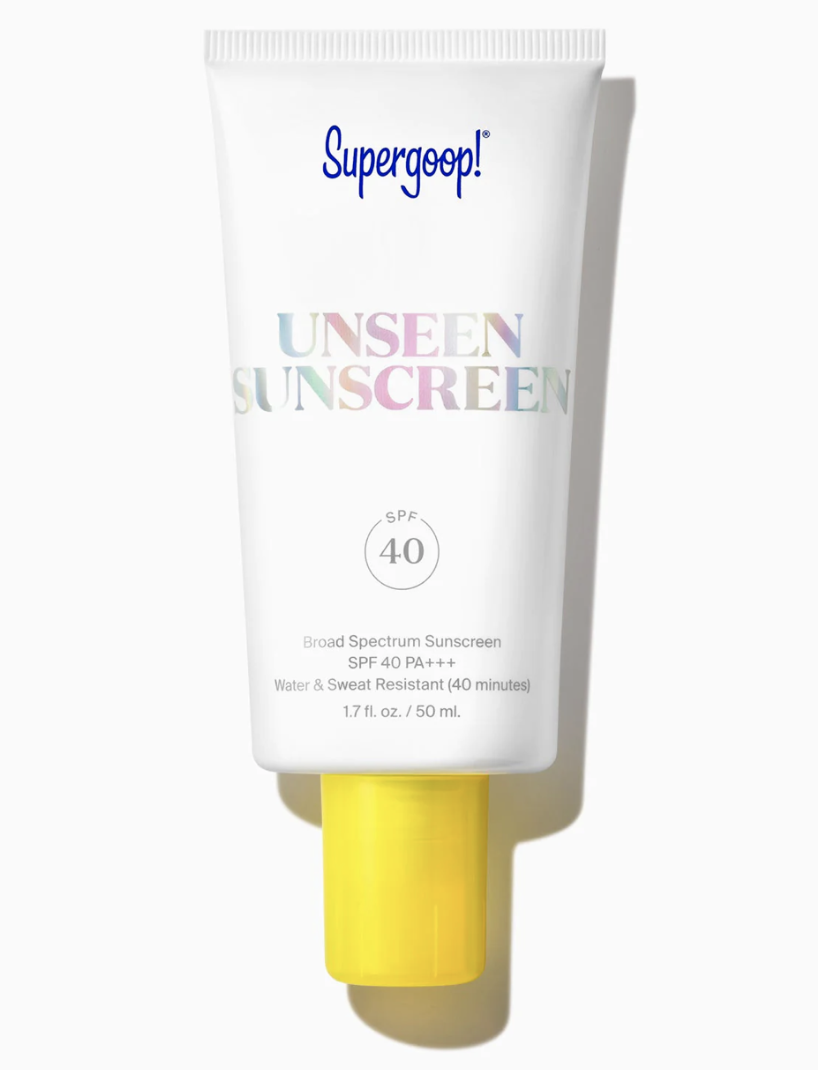

Alternatively, those with drier skin can try thicker cream formulations like Clé de Peau Beauté’s UV Protective Cream. “Traditionally, sunscreens come in a rich cream formulation which will not only give sun protection. But [some are] also enriched in ceramides that can moisturize the skin,” declares Dr. Hayano. Paula’s Choice Resist Skin Restoring Moisturizer SPF 50 is another pick, packed with nourishing ingredients like shea butter and antioxidants.

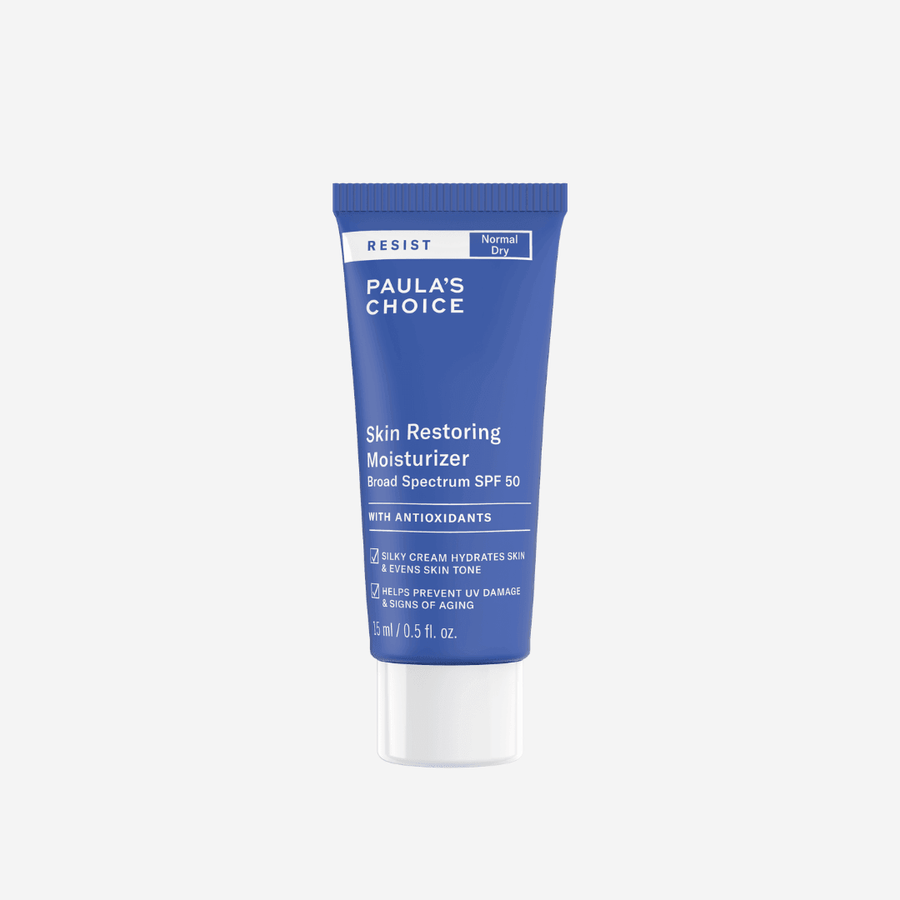
Makeup and Sunscreen
With the beauty industry constantly evolving, we have also seen the advent of cosmetics that marry SPF with natural coverage. VW Dermatology’s Primer Sunscreen SPF 45 also covers dark spots, while giving skin a nice, matte finish. The NARS Pure Radiant Tinted Moisturizer SPF is another find, protecting the skin whilst finishing it off with a veil of color.

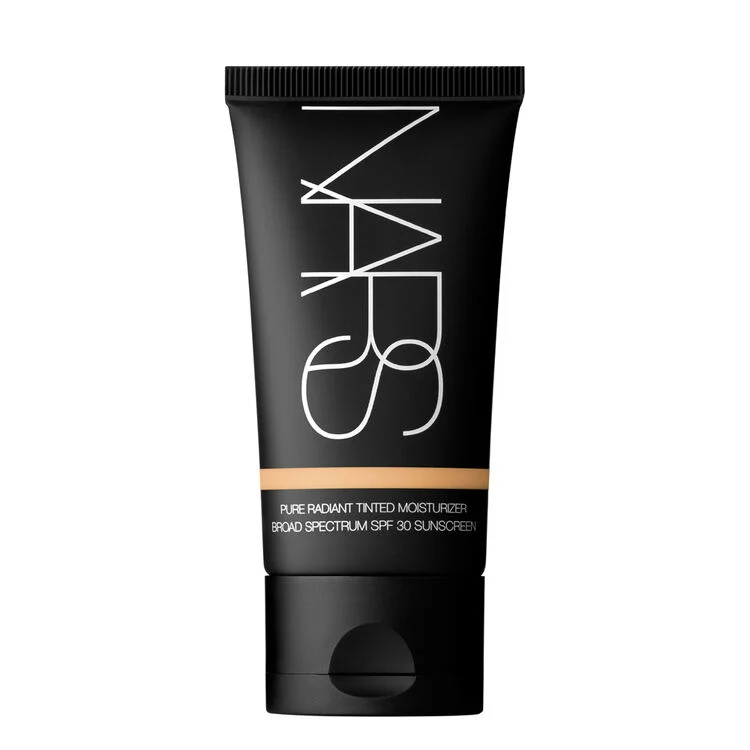
For a little bit more coverage whilst still looking natural, try the Dior Forever Couture Perfect Cushion SPF 35. The Bobbi Brown Skin Serum Foundation SPF 40 is another multitasker, infused with skincare ingredients and with a natural coverage.
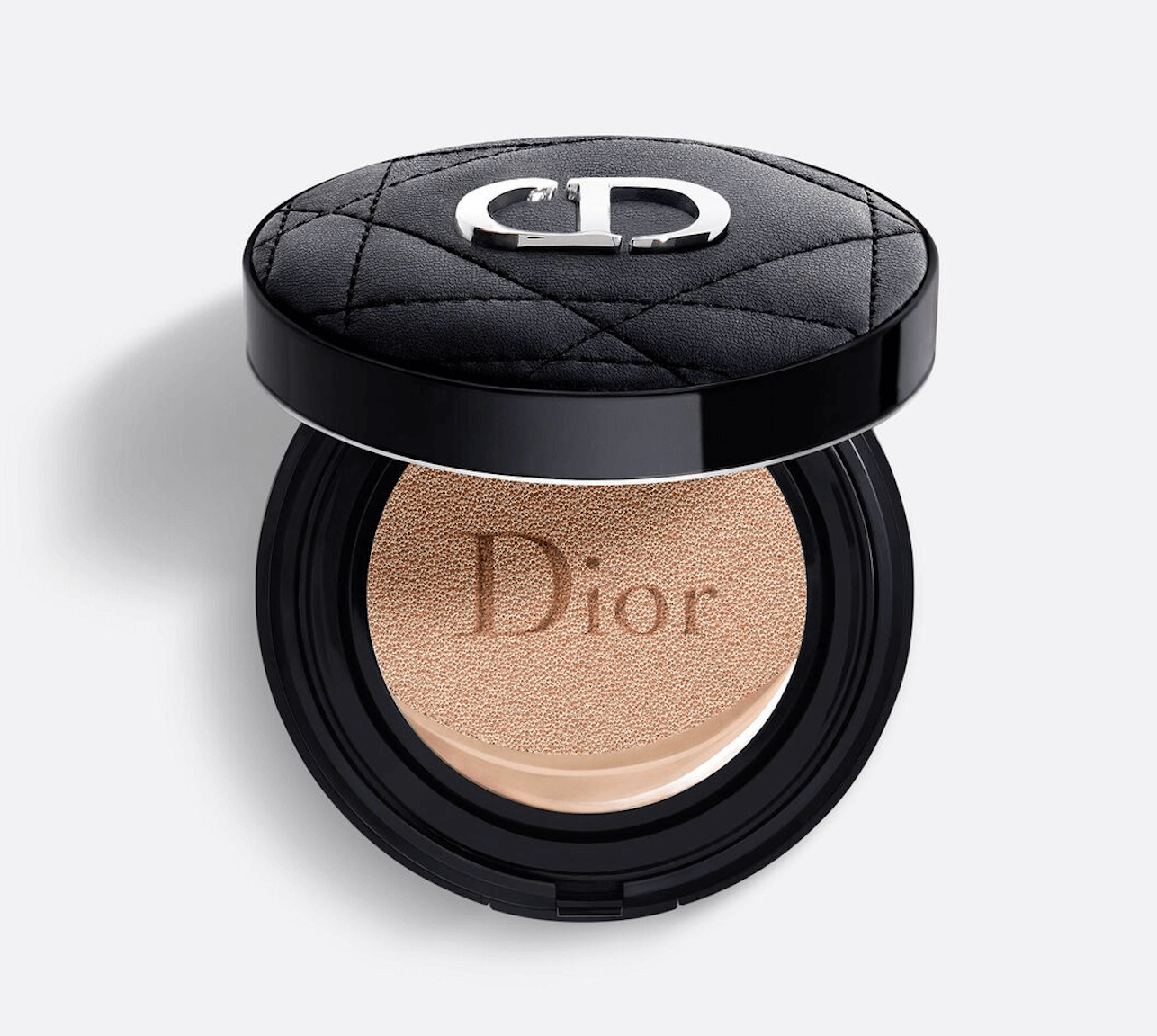

Nonetheless, while these do confer a level of protection, Dr. Hayano shares that relying on makeup with SPF will not be enough. They are a great add-on, but a proper sunscreen product is still a must if you are going outdoors.
Additionally, brands have also innovated with sunscreens designed to be worn under foundation without getting greasy. For instance, Anessa’s Day Serum has a light texture and skincare ingredients. It also has a dewy pink tint, making it a great makeup base. A primer is another way to add a bit of SPF into your routine. MAC’s Lightful C+ Coral Grass Tinted Primer SPF 45 helps give skin a glowy finish.
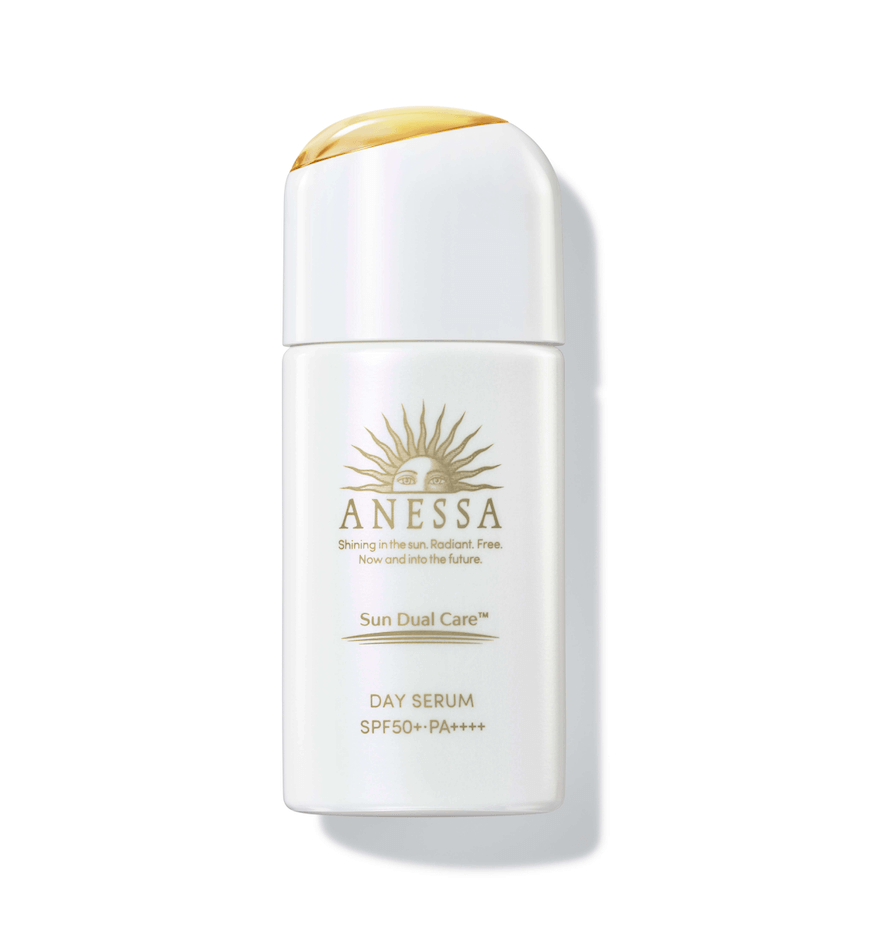

For makeup artist Gela Laurel, La Mer’s The Broad Spectrum SPF 50 UV Protecting Fluid is a favorite. With a lightweight texture, its a luxurious sunscreen you can wear under makeup. Laurel is also a fan of stick formulations, that she uses under foundation, or even over it for touch ups. Her favorite is the AHC Natural Perfection Double Shield Sun Stick. Shiseido Clear Sunscreen Stick SPF 50 and Beauty of Joseon Matte Sun Stick, are likewise options.


Banner photo by Mikhail Nilov via Pexels.





